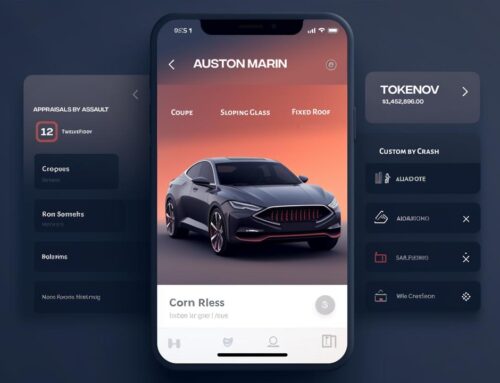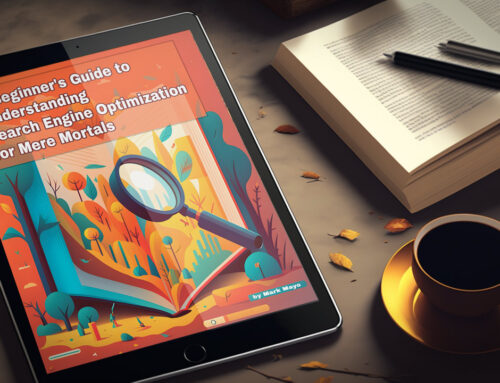Understanding search intent is crucial for creating content that effectively addresses users’ needs and drives organic traffic to your website. This comprehensive guide will explore the concept of search intent, its importance in SEO, the different types of search intent, and how to optimize your content to align with user intent.
What is Search Intent?
Definition
- Search intent, also known as user intent or keyword intent, refers to the primary goal or purpose behind a user’s search query.
- The objective is to determine what users are trying to achieve when they enter a specific search term in a search engine.
Importance in SEO
- Improve search rankings
- Search engines prioritize content that closely matches user intent
- Relevant content is more likely to rank higher in search results
- Enhance user experience
- Content that aligns with user intent effectively addresses users’ needs or questions
- Users are more likely to engage with and trust websites that provide helpful, relevant content
Types of Search Intent
Informational Intent
- Users seek information or answers to specific questions
- Typical search queries include “how to,” “what is,” “why does,” or “tips for”
- Examples: “how to change a tire,” “symptoms of the flu,” or “best exercises for weight loss”
Navigational Intent
- Users want to find a specific website or web page
- Search queries often include brand names or precise phrases related to the desired content
- Examples: “Facebook login,” “New York Times,” or “IKEA furniture assembly instructions”
Transactional Intent
- Users intend to make a purchase, sign up for a service, or complete another type of conversion
- Search queries may include terms like “buy,” “price,” “discount,” “near me,” or “free trial”
- Examples: “buy iPhone 13,” “cheap flights to Paris,” or “best online yoga classes”
Commercial Investigation
- Users are researching products or services before making a decision
- Search queries may involve comparisons, reviews, or product features
- Examples: “best DSLR camera for beginners,” “iPhone vs. Samsung,” or “top 10 project management tools”
Optimizing Content for Search Intent
Analyze SERP Features
- Examine the search results for your target keywords
- Review the types of content ranking, such as articles, videos, or product listings
- Assess any featured snippets, “People also ask” boxes, or image carousels
- Determine the dominant search intent
- Identify the primary user intent associated with your target keywords
- Use this information to guide your content creation and optimization efforts
Align Content Format with User Intent
- Informational intent
- Create in-depth articles, blog posts, or guides
- Offer detailed, well-researched information that answers users’ questions
- Navigational intent
- Optimize your website’s structure and navigation
- Ensure users can quickly and easily find the content they are searching for
- Transactional intent
- Develop product pages, landing pages, or sign-up forms
- Clearly present your products or services and make it simple for users to complete a conversion
- Commercial investigation
- Craft comparison articles, product reviews, or feature lists
- Provide unbiased, thorough information to help users make informed decisions
Monitor and Adjust Your Content Strategy
- Analyze user engagement metrics
- Track metrics like page views, bounce rate, and time spent on your site
- Use tools like Google Analytics, Hotjar, or Crazy Egg to gather data
- Optimize based on data
- Identify content that is underperforming or misaligned with user intent
– Make adjustments to better address user needs and search intent
- Continuously improve content
- Regularly review and update your content to maintain its relevance and accuracy
- Stay informed about industry trends and user behavior to adapt your content strategy as needed
Wrapping up
By understanding search intent and implementing the best practices outlined in this guide, you can create content that effectively addresses users’ needs and improves your search rankings. Consistently aligning your content with user intent will enhance the user experience, increase engagement, and ultimately drive more organic traffic and conversions for your website.










